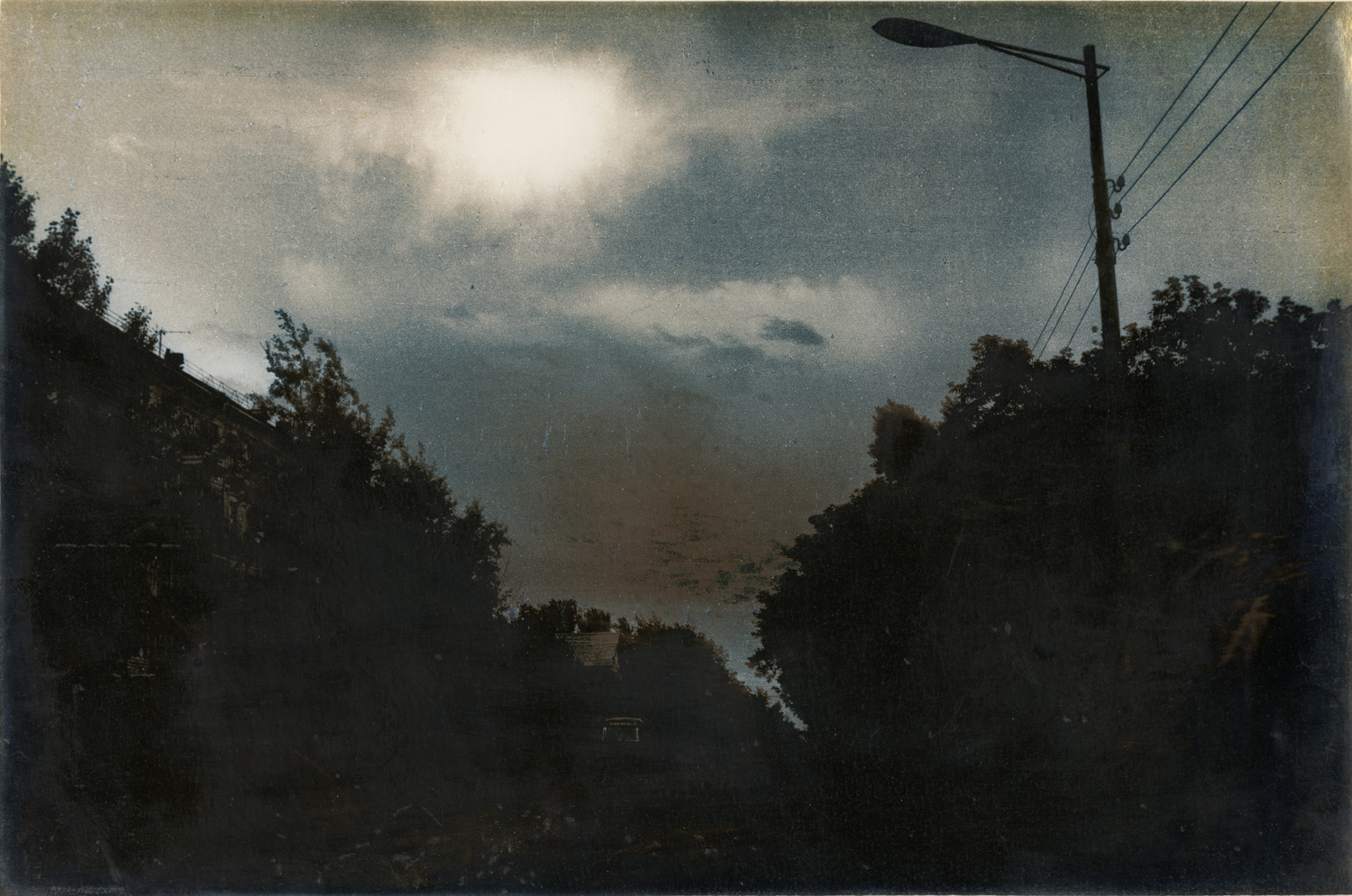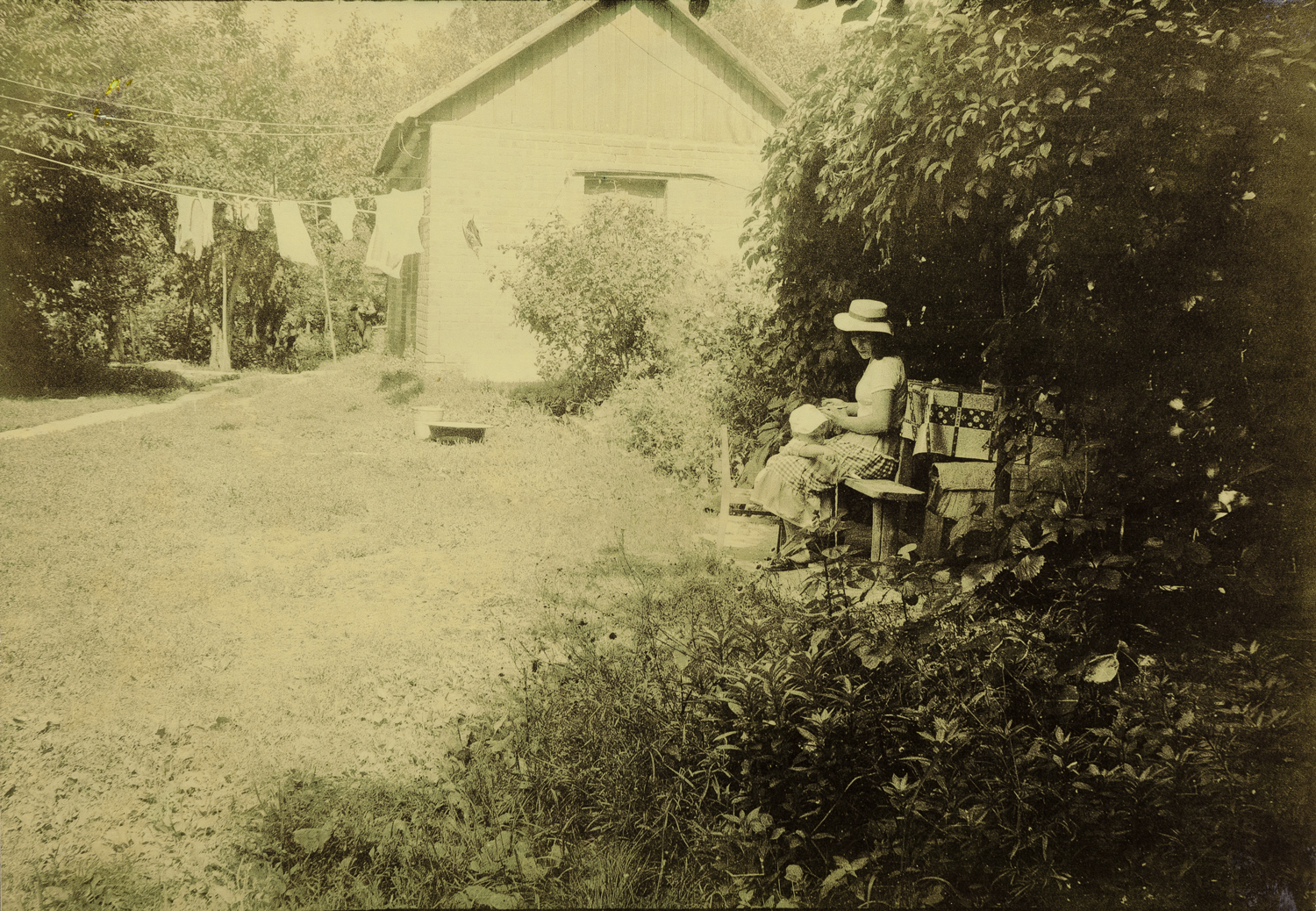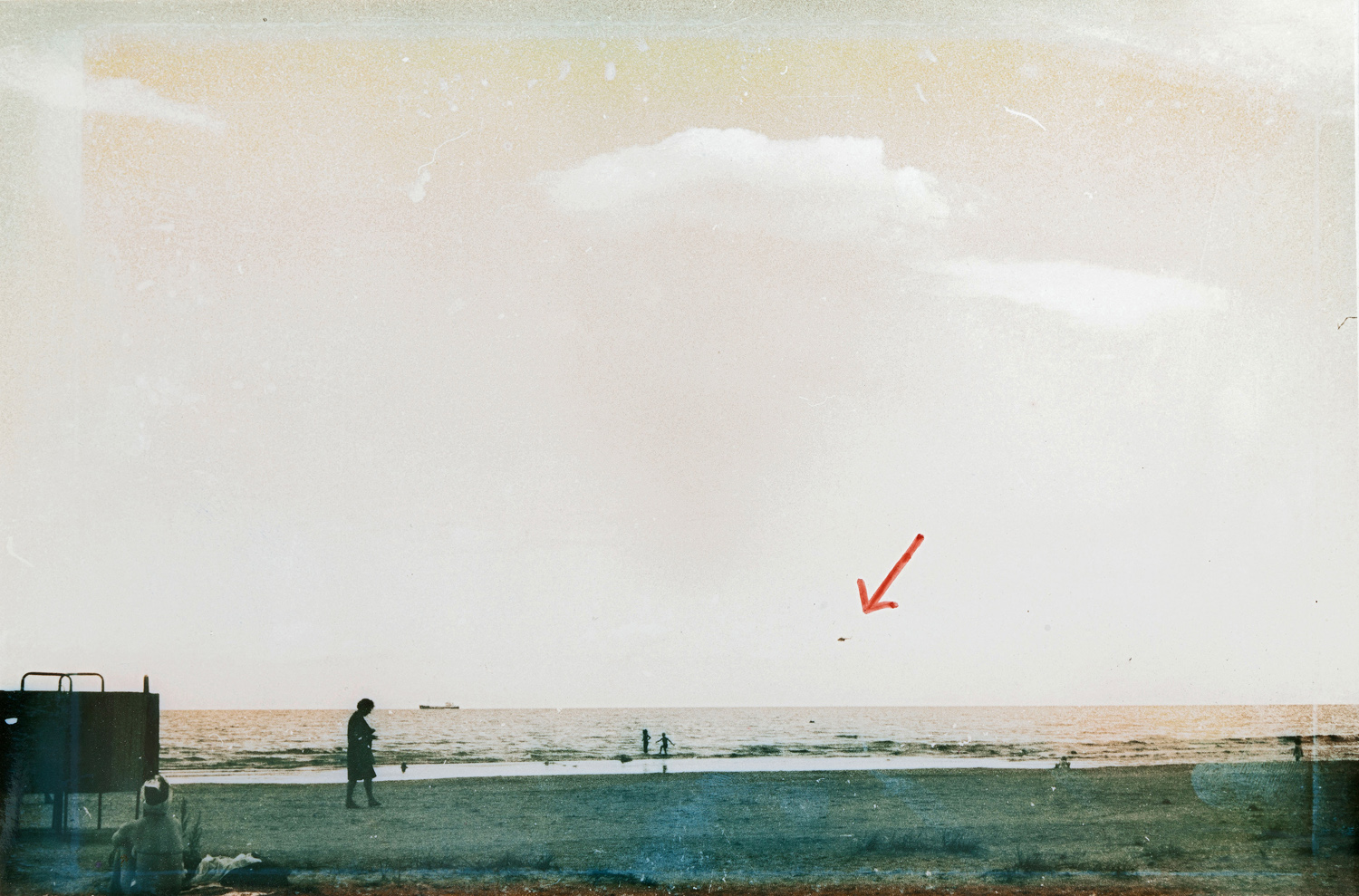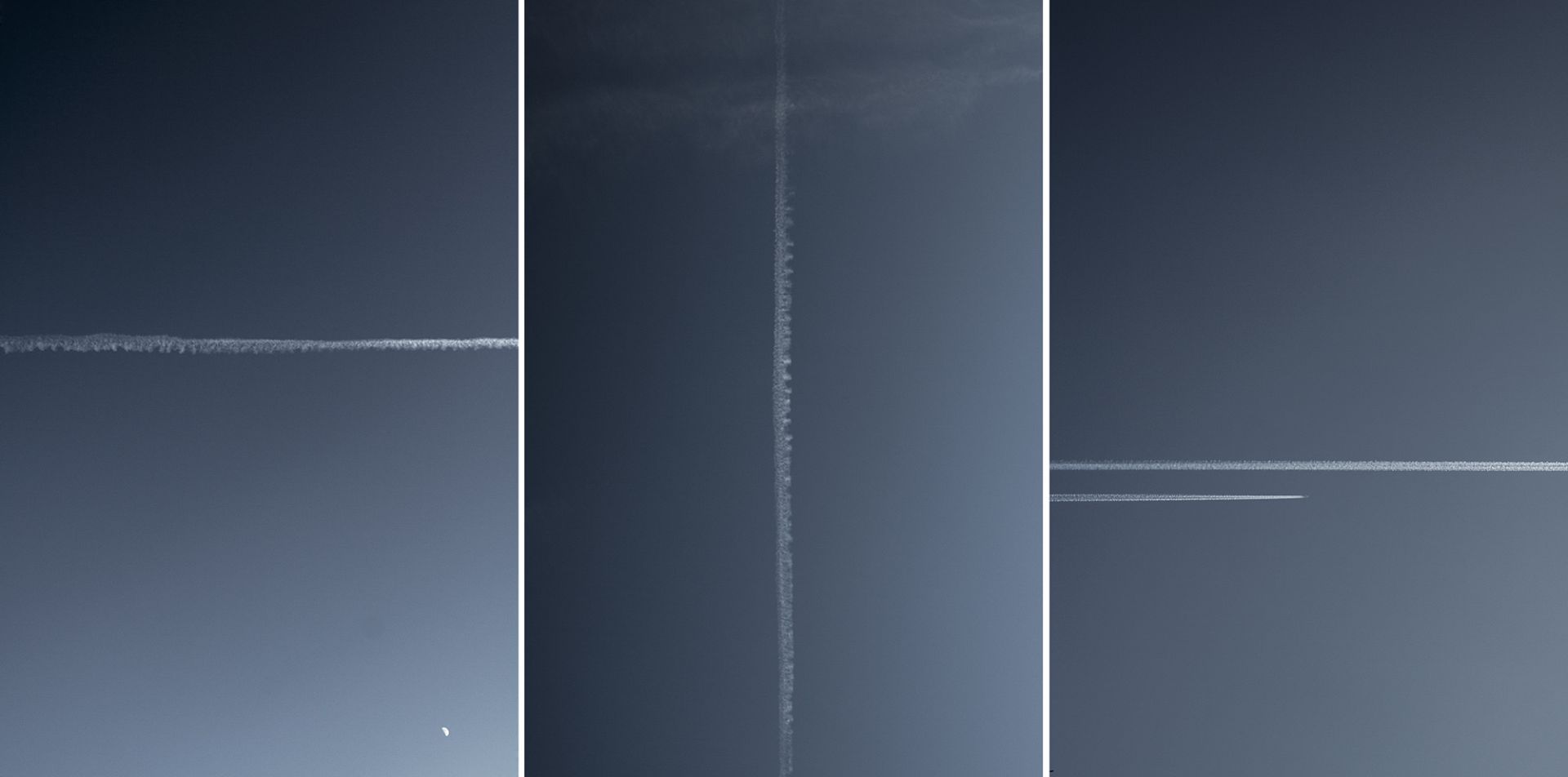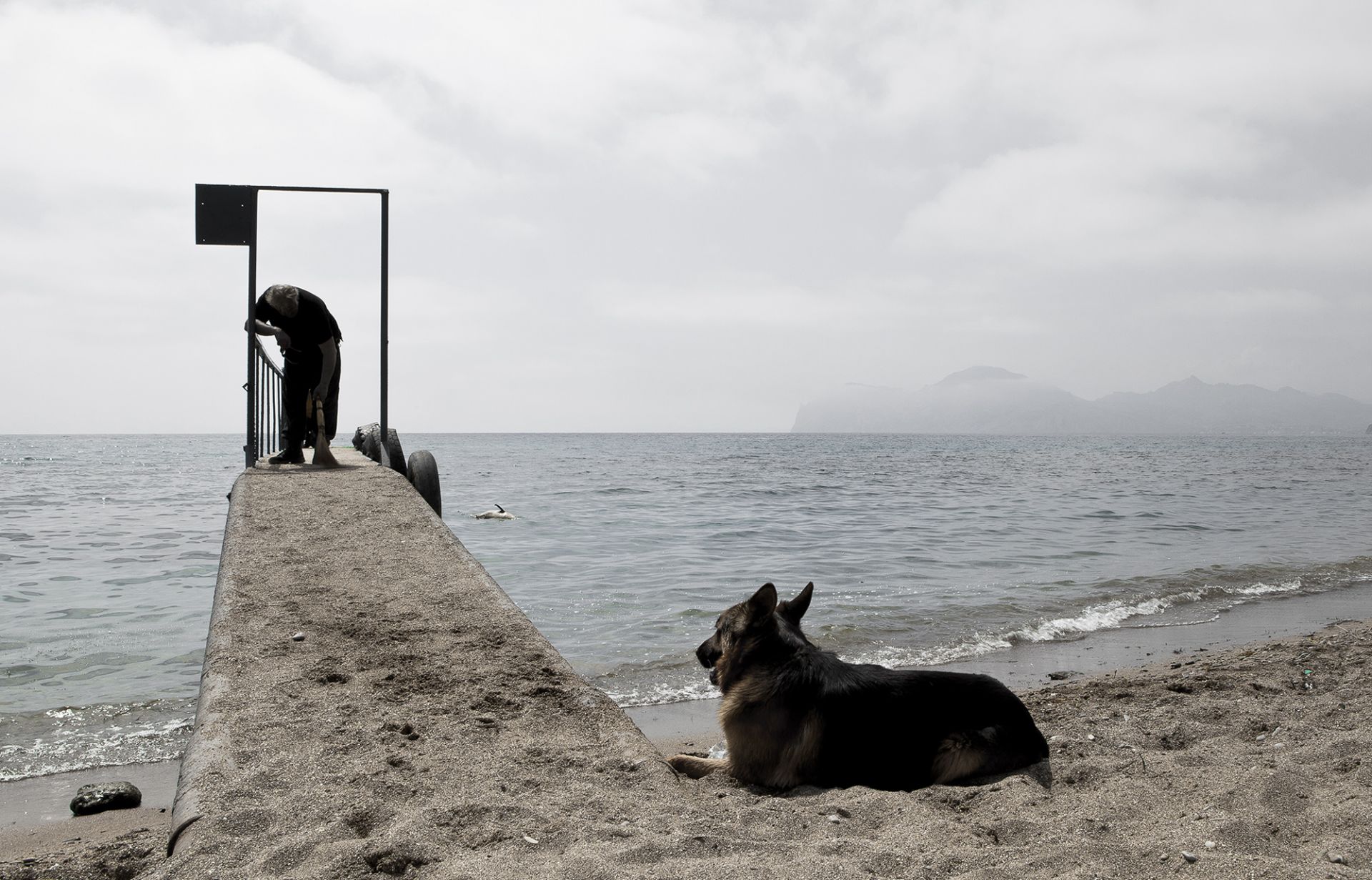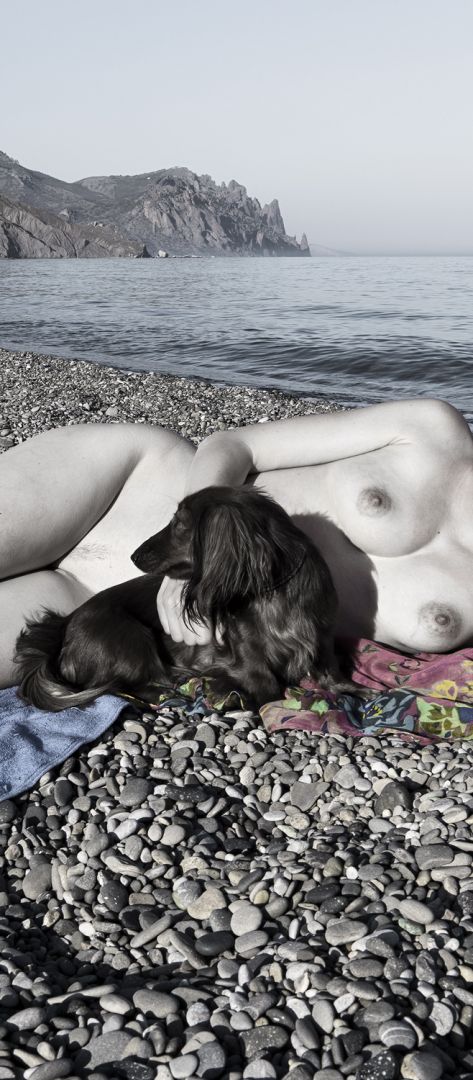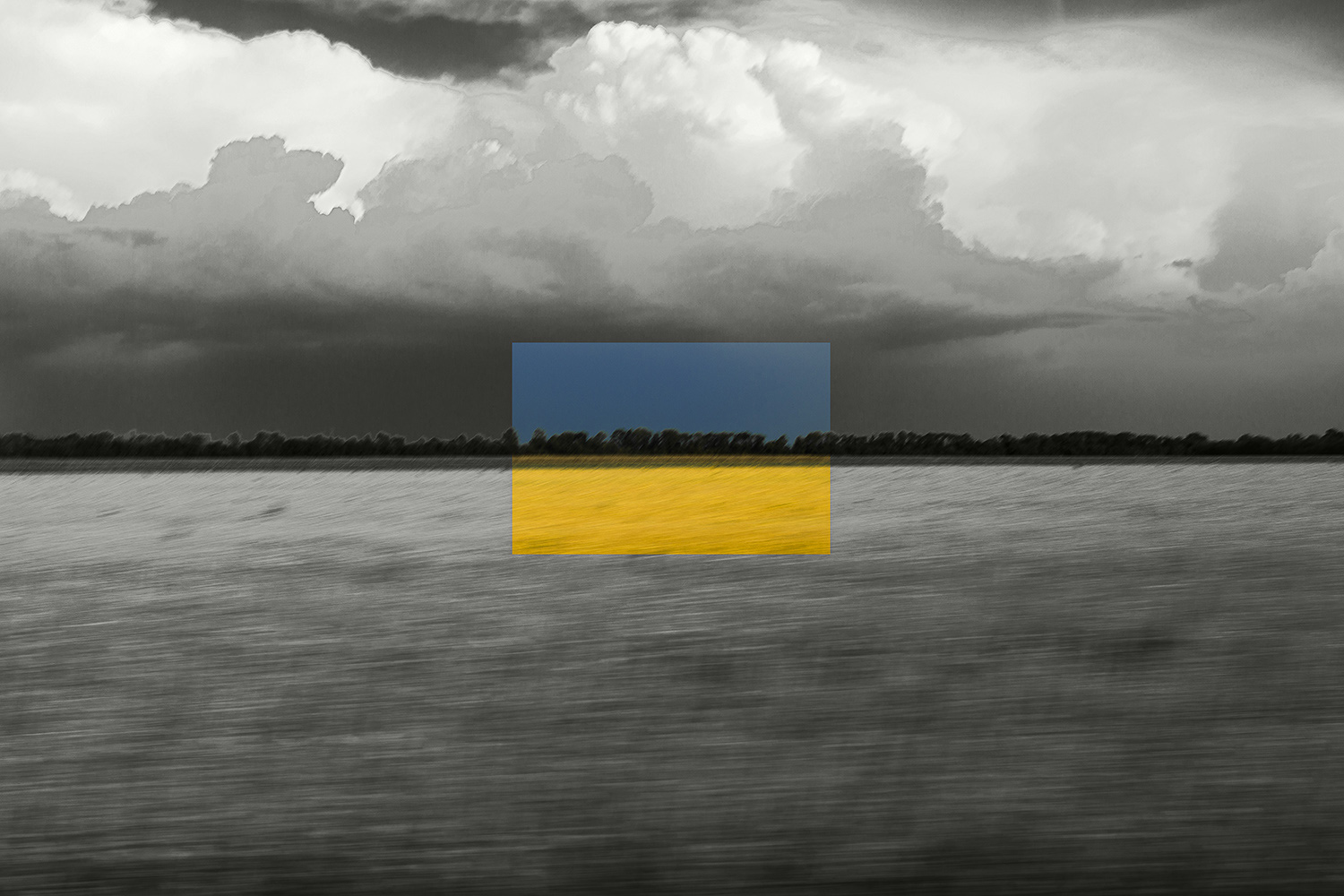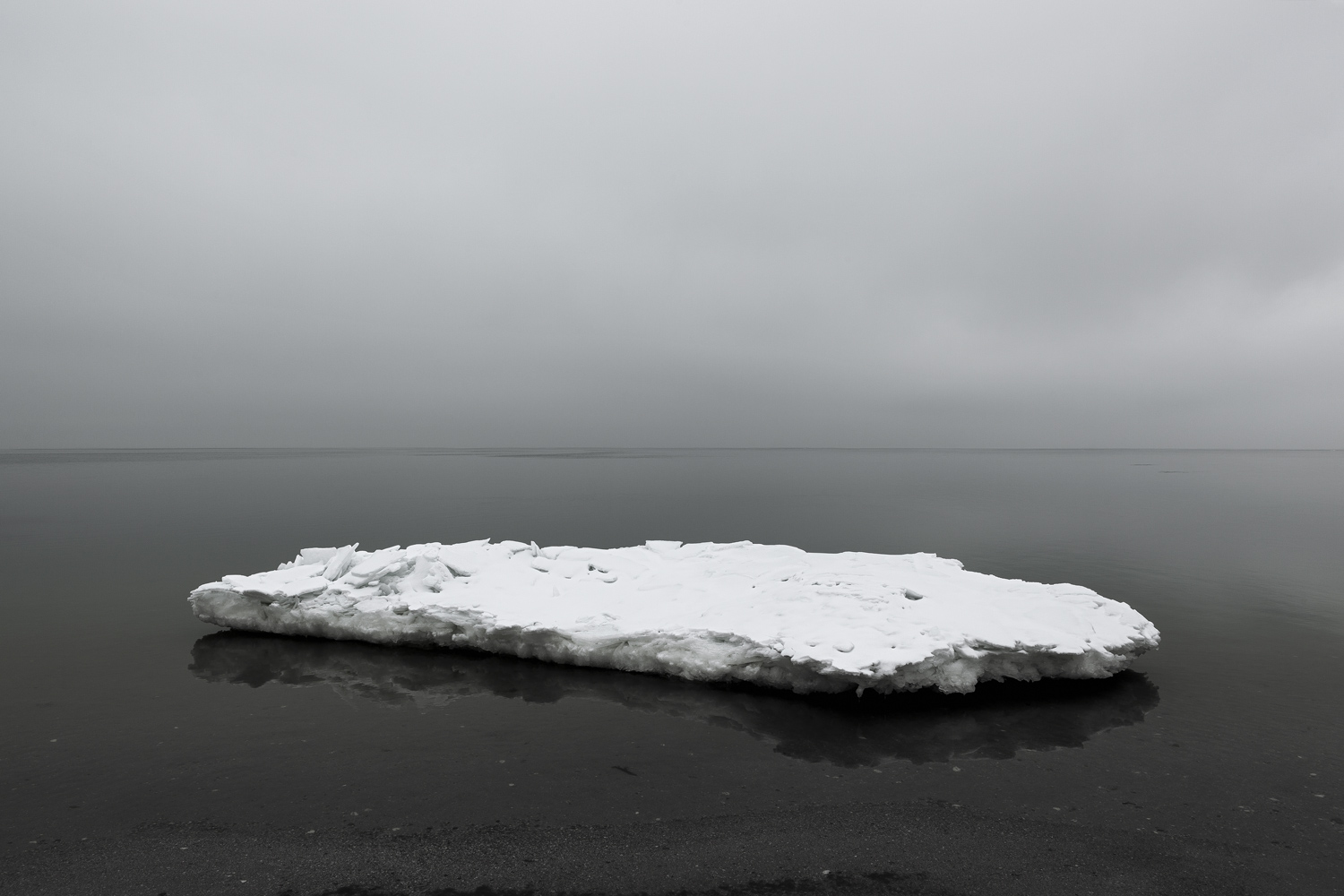Igor Manko
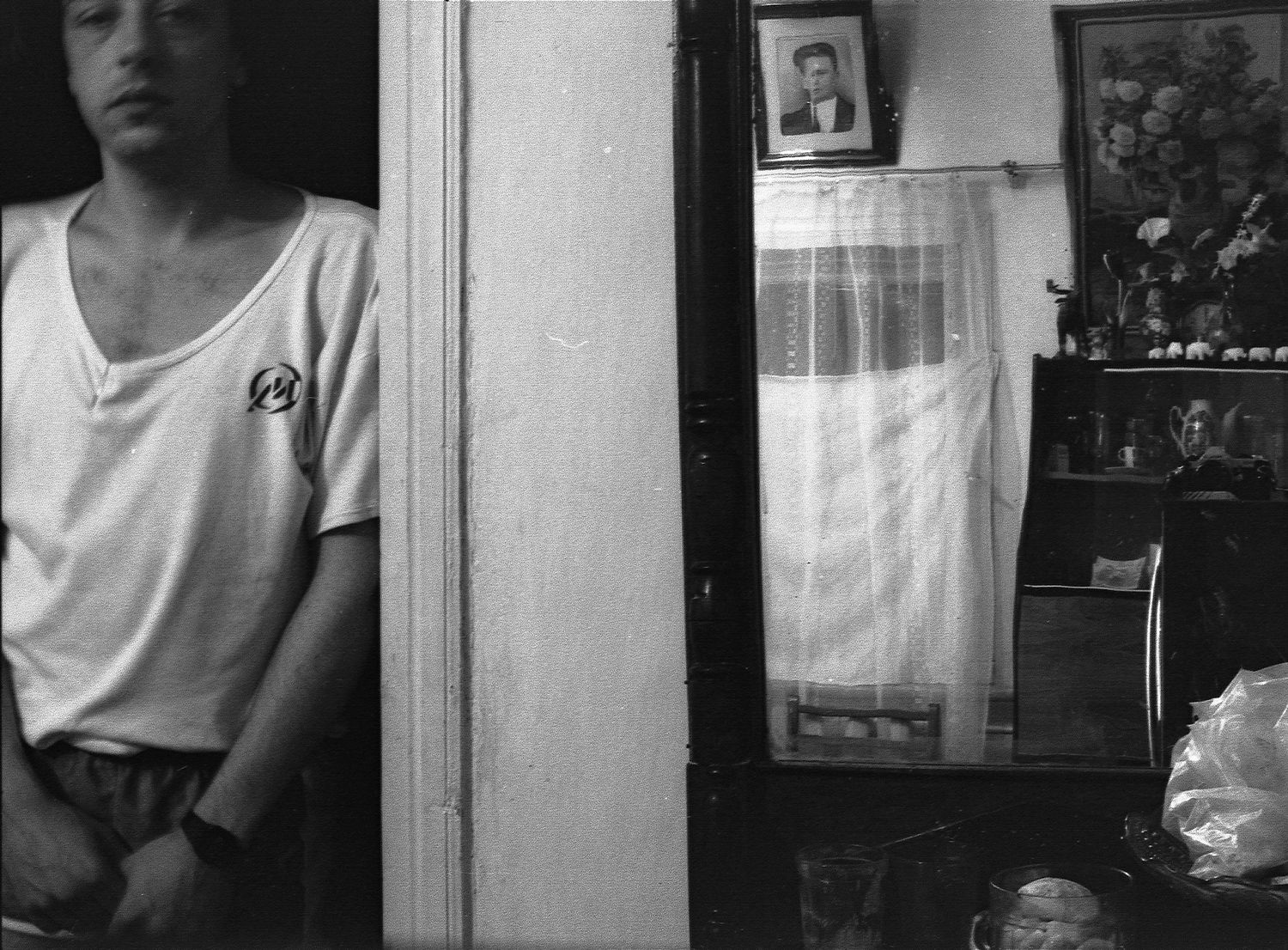
-
Town Motifs with Clouds 1986
-
Abandoned Garden 1987
-
Memories of Childhood 1988
-
Seascape with Borderguard Helicopter 1990
-
Sky Signs 2007-2009
-
100 Views of Mount Karadag: Landscapes and People 2009-2013
-
100 Views of Mount Karadag: Scrolls 2009-2013
-
100 Views of Mount Karadag: Beach Kitsch 2009-2013
-
Golden Ratio of Ukrainian Landscape 2014
-
Landscape Deconstruction: Sea, Skies, Black Earth 2016-2018
-
Landscape Deconstruction: Sea of Azov 2017
Igor Manko (b. 1962, Poltava) is a photographer and curator. He was one of the Gosprom group artists in the 1980s. At that time, along with the straight black-and-white process, he used a special technique where an overexposed print was consecutively processed in two or three chemical color intensifiers. The resulting images, while following the hand-colored Kharkiv photography trend, were more subtle and unpredictable in color delivery. These works were exhibited at his solo show (Image Gallery, Aarhus, Denmark) in 1993.
In 1994 the artist had to suspend his artistic career for ten years. Igor Manko’s latest works in the minimalist photography style explore the borderlines of the landscape genre.
Below are researchers’ and curatorial comments on the artist’s work.
Tatiana Pavlova in her essay (2015) says:
"The Abandoned Garden and Childhood Memories, two photographic series by Igor Manko, appeared on the peak of the second wave of the Kharkiv photo school. Childhood Memories series largely centers around the 'mother and child' imagery. However, the playful child is actually not the artist but his son, and the child’s mother is not the mother of his memories. The pictures depict family scenes at a countryside cottage, where Igor Manko spent his childhood. But the name of the series prevents it from being merely a broadcast of events; it places a lens in front of the viewer, which transforms the picture and places the focus of impression squarely in the past. The image of the son is the focal point in this retrospective fantasy. (…) The nostalgic atmosphere, so important in awakening memories, is created through the classic technique of photo 'aging', making it sepia-toned. The pictures look worn with age. Like faded memories, they erase the line between real and make-believe; father and son are no longer simply similar; they become identical, all differences washed away. All this is achieved through 'straight' photography. (…) The Abandoned Garden serves as a twin to Childhood Memories. The rich flora and the typically wide-open spaces of countryside gardens, the lack of any fences or markers delineating properties — all this prevents us from identifying the subject matter of Igor Manko’s pictures as the Garden of European tradition. These images contain a distinct Eastern flavor, a Borgesian context, wherein the illusionary garden with 'vanishing' or 'divergent' paths follows laws entirely different from those of botany or agriculture. It is the 'abandoned garden' of childhood memories."

© Igor Manko. Seascape with a Borderguard Helicopter
Oleksandra Osadcha, a researcher for MOKSOP:
“The works of Gosprom artists (…) in some aspects perceptibly follow the pattern of photographic practices as part of conceptual art outlined by Jeff Wall. Their features — deliberate randomness, uneventfulness, and indiscriminate choice of subject matter, intentional amateurish quality as opposed to artfulness — are emphasized by routine repetitiveness of motifs and a tendency to serial representation. In one of his polyptychs, Seascape with a Borderguard Helicopter (1990), Igor Manko literally quotes a conceptualist technique of reduction of the object by marking it with an arrow pointing at a dot on the horizon."
Roberto Muffoletto, curatorial statement, VASA Project:
"Because of the annexation of Crimea, Manko had to stop working on his long-term 100 Views of Mount Kara-Dag project that ran from 2009 to 2013. This project, like his others, moves beyond the surface content to considering the personification of identity. His works, which revolve around background images of the Kara-Dag mountain in southeast Crimea, walk the line between abstraction and commentary.
Highly noticeable in Igor Manko's contemporary work, as demonstrated in Golden Ratio of Ukrainian Landscape (2014) is a higher level of abstraction and palatalization. In imposing Ukraine's national colors, blue and yellow, on flags, fields of sand and pools of water, and other environmental surfaces, Manko is claiming this to be Ukraine. (The viewer of the work needs to place this work in the context of the war conflict with Russia.)"

